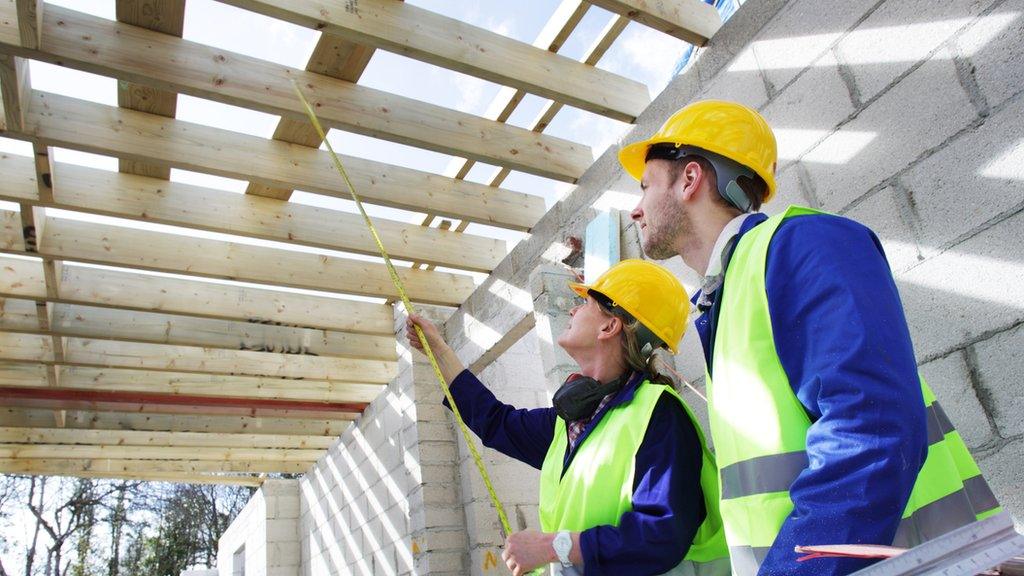Is there a way to successfully build on the green belt?
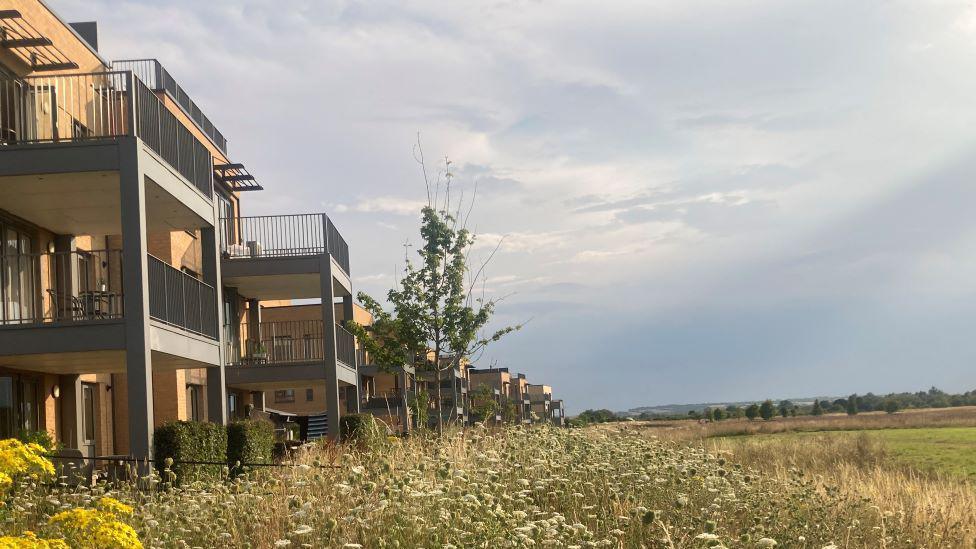
Trumpington Meadows has been credited as a positive example of building a development on the green belt
- Published
The government has announced a plan to reclassify some low-quality green belt land to deliver its target to build 1.5 million homes over the next five years. The proposal has prompted concern among some people about the impact this could have on the countryside. Yet developments in Cambridgeshire and Hertfordshire have seen positive changes from building houses on green belt land. What lessons can be learned?
The government has previously described the grey belt as "poor quality and ugly areas" on parts of protected land, called the green belt.
Some experts have said that building on green belt land could have a positive impact on housing accessibility, while campaigners against the proposals say the plans are “too subjective” and fear it could lead to speculative developments.
What is green and grey belt land?
The term "green belt" was introduced more than 70 years ago and it covers about 13% of England.
The designation aimed to limit the growth of large built-up areas, and to stop towns merging into one another.
Under the Labour government's plans, if a council's housing targets cannot be met some existing green belt land will be re-designated as grey belt. This will free up land for the construction of new homes.
New rules will require half the dwellings built on the grey belt to be affordable homes.
The government's definition of the grey belt includes land on the edge of existing settlements or roads, as well as old petrol stations and car parks. But it will be up to individual councils to decide what will be designated as grey belt.
The government also says that brownfield sites - old industrial or already built-on land - should be prioritised over the grey belt.
'A place for people and nature'
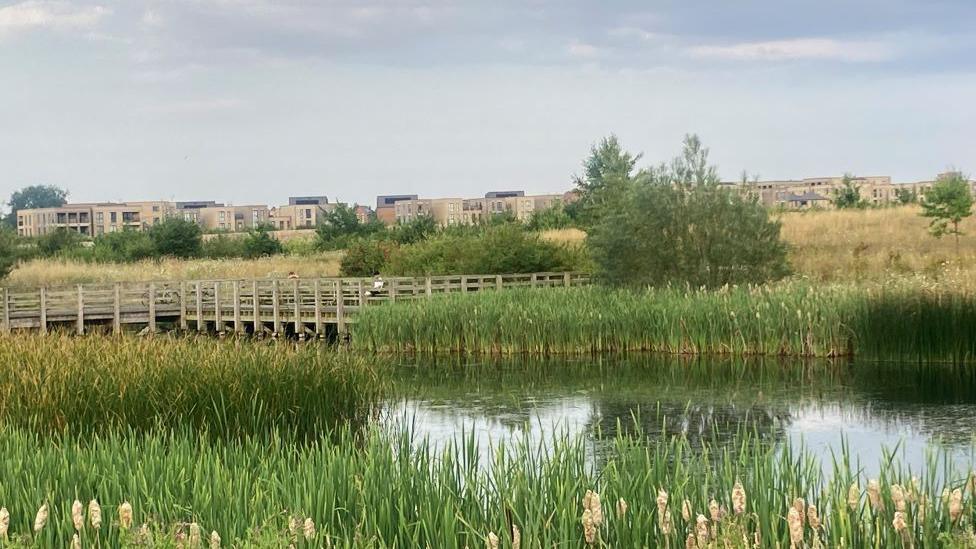
The country park at Trumpington Meadows has become home a variety of wildlife
In 2006 local planning inspectors approved the release of previously declared green belt land for a development to be built in Cambridgeshire, called Trumpington Meadows.
Wildlife experts pointed to a boost for the environment by the creation of a country park on the housing estate.
The country park, which was created on former farming land, has become home to species such as red clover, field scabious and wild carrot. The development's wildflower meadows were gifted to the Wildlife Trust in 2022.
Martin Baker, the conservation manager at the Wildlife Trust, said its success was down to councils working together “strategically and creatively”.
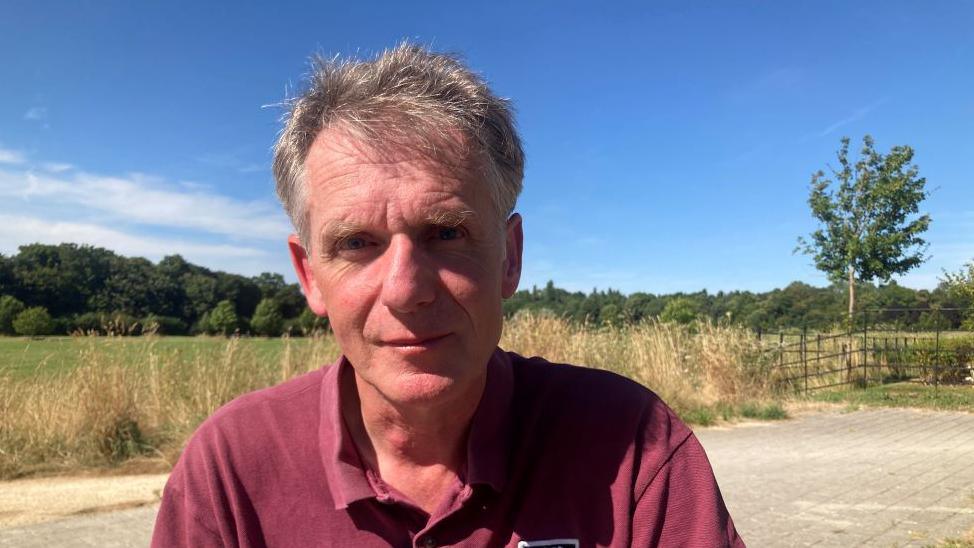
Conservation Manager Martin Baker says if green belt land has to be built on then councils need to
Mr Baker said: “It wasn’t just about the housing, but planning something brilliant, a wildlife-rich green corridor. And the developers took that on board.”
“It’s a place not just for nature but for people.”
“If councils need to release green belt land for new housing, then absolutely, this is the way they need to do it.
“It’s about good planning ahead, good design and making sure people care about it,” he said.
Susanna West, who lives in Trumpington Meadows, said she had initially opposed the development but that the creation of parkland was “a bonus”.
'Housing needs to be suitable'
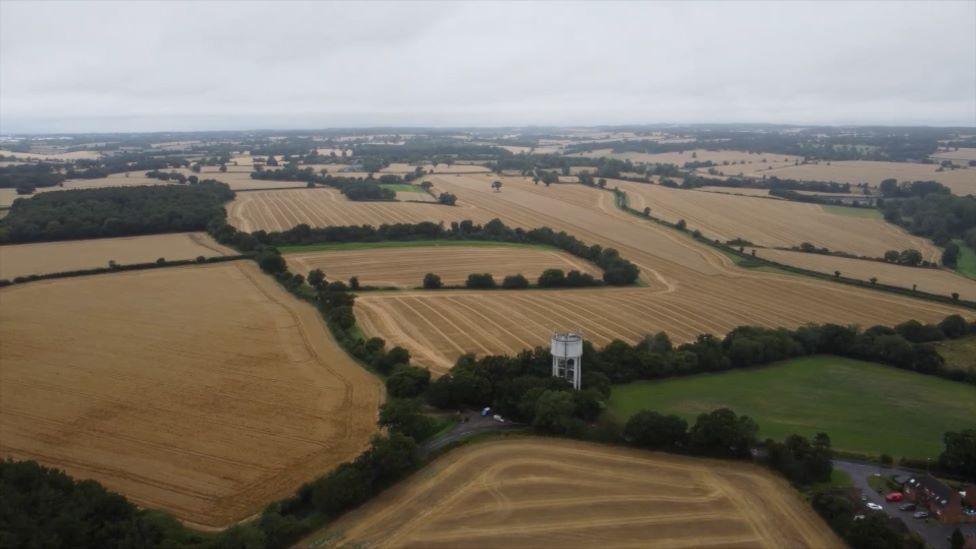
In Hertfordshire, green belt land has increased by nearly 25%
North Hertfordshire District Council has increased the amount of its green belt by almost 25%, despite removing green belt land to meet housing demands.
In 2022 the authority removed 1,000 hectares from the green belt in areas north of Baldock and Hitchin, east of Luton and west of Stevenage and Letchworth.
Yet it also added more than 4,000 hectares, a decision of which the council leader Daniel Allen said he was “proud”.
He said: “You need to be forward thinking. If you’re going to allocate areas for housing you have to balance that. We are very proud of it.”
The new land forms part of the Greater London green belt, which was created to prevent the capital from creeping into the countryside.
“You need to have housing, 100% but it needs to be in the right places and it needs to be suitable,” he added.
'Grey belt too subjective'
A Ministry of Housing, Communities and Local Government spokesperson said the green belt would be preserved by the government taking “ a brownfield first” approach to housing.
Brownfield land is usually an old industrial or inner-city site that is cleared for a new building development.
The spokesperson added: “But brownfield land alone will not be enough so we will also need to use lower quality ‘grey belt’ land, like wasteland or old car parks.”
They said the government will “ensure that development benefits nature and local communities”.
Campaigners from Campaign to Protect Rural England (CPRE) have said the grey belt definition was “too subjective”.
Roger Mortlock, the chief executive of CPRE, said: “The government is right to commit to a brownfield-first approach that could deliver 1.2 million homes.
“But rather than housing targets that fuel speculative development, we need ambitious targets for brownfield homes, homes for social rent and genuinely affordable homes.
“The government’s definition of grey belt land is too subjective and could lead to unintended consequences, damaging the very openness that people value.”
Get in touch
Do you have a story suggestion for Cambridgeshire?
Follow Cambridgeshire news on BBC Sounds, Facebook, external, Instagram, external and X, external.
- Published30 July 2024
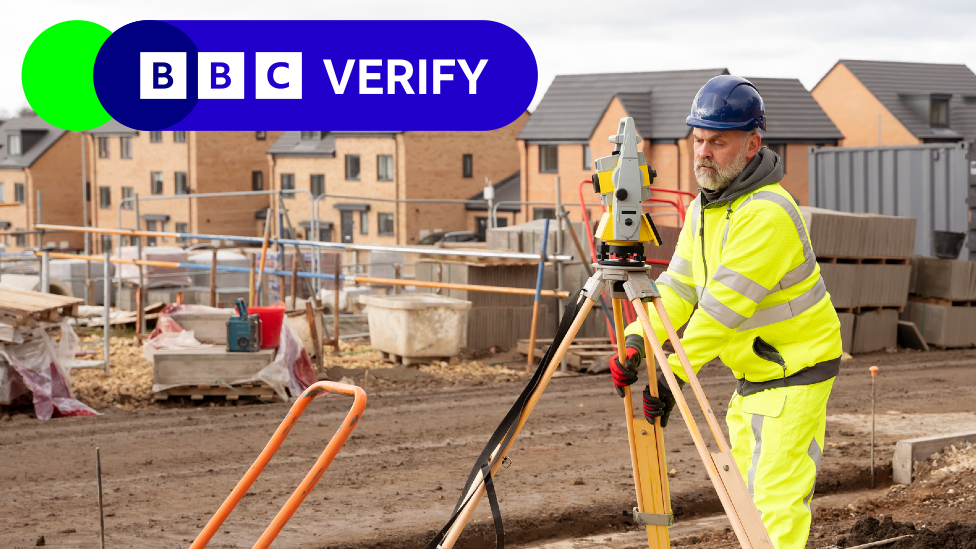
- Published19 April 2024
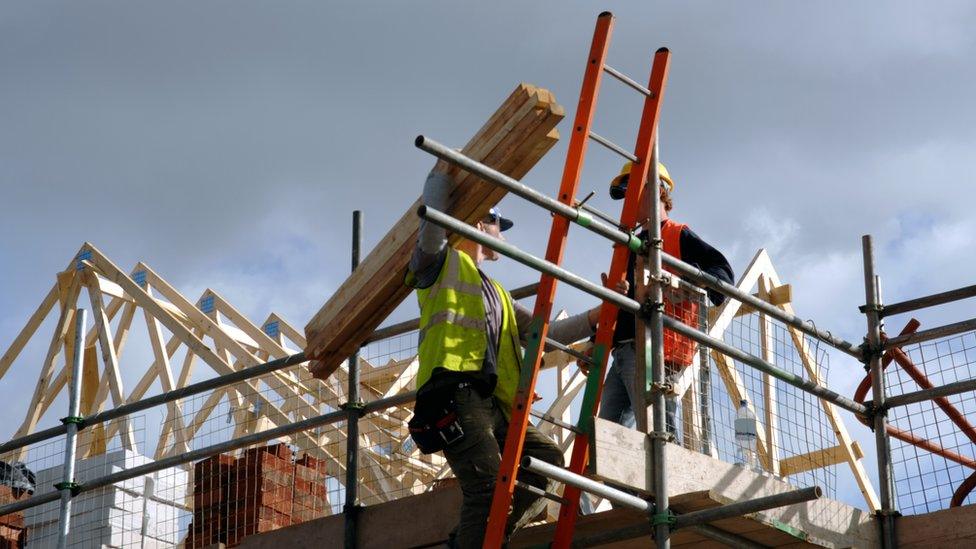
- Published2 August 2024
